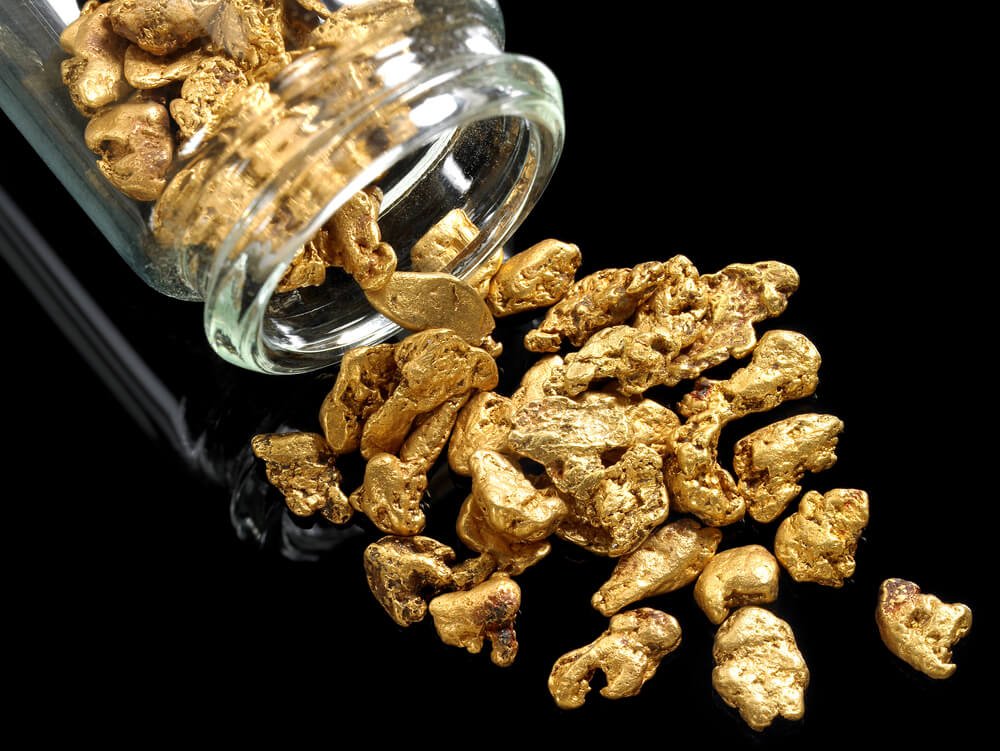Gold Faces Pressure Amid Strong Dollar and Bond Yields, Silver Set to Soar

Gold may face continued pressure due to a stronger dollar and higher bond yields, despite support from global ETF inflows and expectations of Federal Reserve rate cuts, analysts suggest. Conversely, silver prices could reach Rs 1 lakh per kilogram this year. The outlook for other base metals remains muted due to an oversupply situation.
Last week, gold dropped to a two-week low, influenced by a stronger dollar and rising U.S. 10-year bond yields. The dollar surged to a near two-month peak, making gold more expensive for non-dollar holders, while U.S. 10-year yields hit a near two-week high. Despite the drop, global physically backed gold ETFs saw inflows of $212 million (2.1 metric tons) last week, according to the World Gold Council.
Non-yielding bullion, which hit a record high on May 20, remains up 12% this year, buoyed by expectations of Fed rate cuts and substantial central bank purchases amid geopolitical tensions. Traders currently price in a 66% chance of a Fed rate cut in September, according to the CME FedWatch Tool, although the stronger dollar and higher yields could keep gold under pressure.
"Gold is seen stuck in a range holding support around Rs 71,200/ 70,800, with resistance at Rs 71,700-71,850," said Pranav Mer, Vice President, EBG - Commodity & Currency Research, JM Financial Services Ltd.
"We expect a consolidated move in prices with a corrective bias in the near term, averaging below $2300 per ounce (currently at $2329 per ounce). On MCX, this translates to support levels of Rs 70,280 – 69,450 per 10 gm."
Despite this, analysts remain bullish on silver prices for the rest of the year, anticipating a rise beyond Rs 1,00,000 per kilogram due to a structural deficit and strong investment demand amid declining inventories, said Naveen Mathur, Director, Commodities & Currencies, Anand Rathi Shares & Stock Brokers.
Base Metals Outlook
- Copper: Weak demand for copper, driven by uncertainties in China’s property sector, is leading to rising inventories and short-term price pressure. However, the market is expected to tighten in the latter half of 2024 due to declining ore grades at major mines like Escondida and Codelco's operations in Chile. Copper demand is projected to grow at an 8.6% compound annual rate from 2022 to 2030, driven by the green energy transition and sectors such as data centers and AI. The copper concentrate market is tightening, with spot copper treatment charges (TCs) down nearly 40% in Q1 2024 and turning negative in Q2.
- Aluminium: The aluminium market is also expected to tighten significantly in the second half of 2024. Supply constraints, primarily due to power issues in China's Yunnan province and tighter EU sanctions on Russian aluminium, along with unplanned smelter disruptions, will limit production. Strong demand from the renewable energy and electric vehicle sectors is projected to drive consumption, pushing aluminium prices higher.
- Zinc: In contrast, the zinc market is expected to remain in surplus in the second half of 2024. Global zinc mine production is forecast to grow by 3.9%, with significant increases in Australia, Brazil, Russia, China, and Mexico. Refined zinc metal production is anticipated to rise by 3.3% to 14.3 million tons, resulting in a global surplus of 400,000 tons. This supply growth is expected to outpace the projected 1.7% increase in global zinc consumption, primarily driven by China and India. Rising zinc inventories in LME and SHFE warehouses indicate an oversupply relative to demand, likely keeping zinc prices subdued despite temporary supply disruptions like Glencore's McArthur River mine closure.





